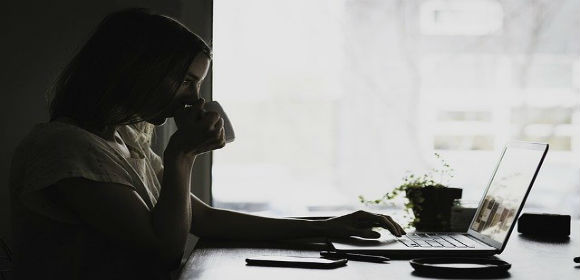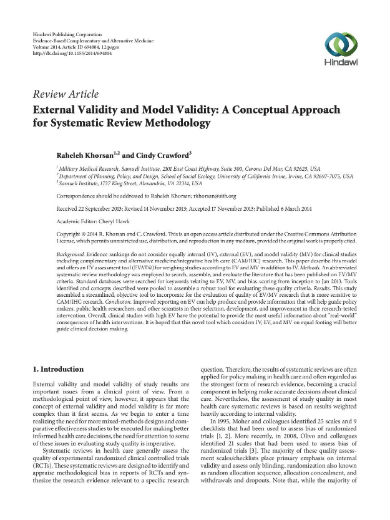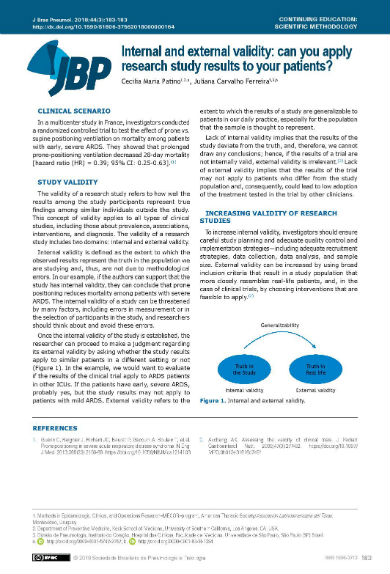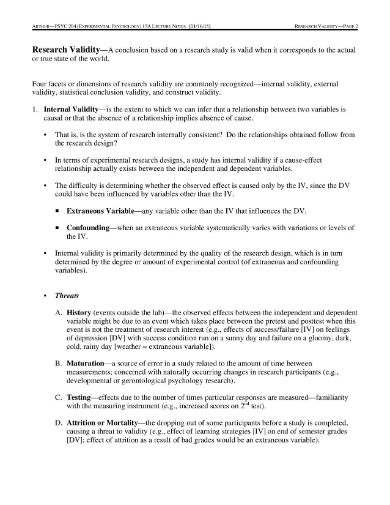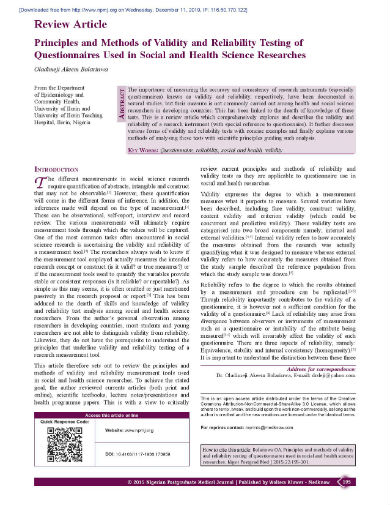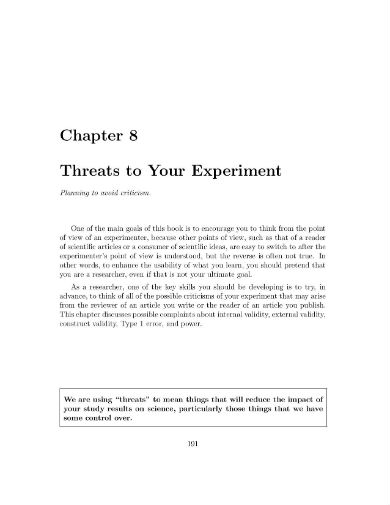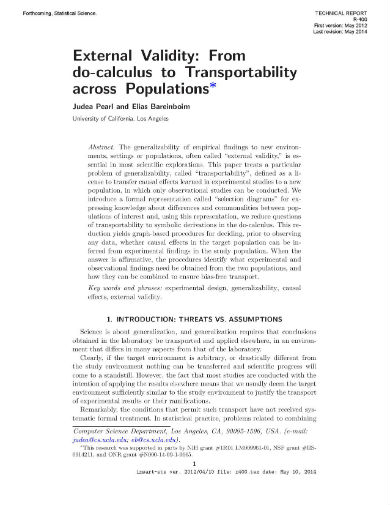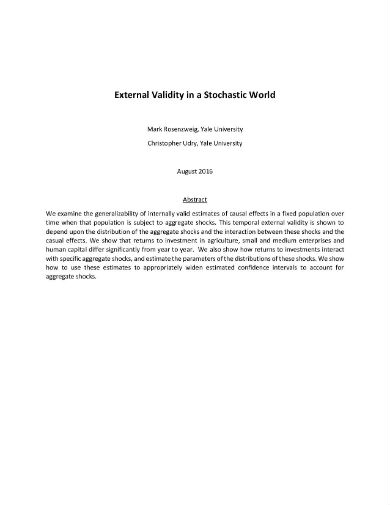15+ Internal External Validity Examples to Download
Even a two-hundred-page research paper can be wrong. With easy access to information, we know better than to believe everything we read. Information isn’t immediately true just because it is presented with fancy words and colorful diagrams. The claims can be farfetched. They can also seem believable. To preserve objectivity in research, scholars rely on internal and external validity in testing any assumption of causation.
Validity is the extent to which a claim reflects a logical and sound truth. In research, we can determine the validity of the findings from the design of the study. There are different four types of test validity in statistics: construct, content, criterion, and face. In experiments where we are relating an effect with a possible cause, researchers use internal and external validity to test this relationship. The concept is given stark attention in psychology, but researchers from other fields should examine their research for validity as well.
Validity vs. Reliability
We use both independent concepts to measure the quality of our research. A study is reliable when we can arrive at similar results when we replicate it. Reliability talks about the replicability and consistency of the results. A study is valid when the research design answers the research questions. Validity speaks of how appropriate the method we used is for what we want to find out. Our research should be both valid and reliable.
External Validity
For case studies, the researchers based the findings on an individual or a small group. The small sample size, sampling frame, and the irregularity of the case make case study not externally valid. The result is not true for many or most people. External validity is a question of the generalizability of the results. If we replicate the study using different a sample, the study should still share similar results. External validity assesses how the research relates to the real-world.
Generalizability Measure
We can look at our experimental research design to see if our study will be externally valid. One way to examine this is through our sampling frame. Are our sample or participants diverse enough to represent a bigger population? Some studies require specific people for their studies, like breast cancer studies. You can’t ask a person without breasts to join for the sake of diversity. The subject’s relevance to your research should be the justification for participation.
Internal Validity
How positive are you that vaccines can cause autism? Internal validity checks for the plausibility of an assumed causal relationship between A and B. Researchers use this measure to estimate how much the independent variable affected the dependent variable. Precise estimation is possible because, in experimental research, we have confident control of the environment and manipulate variability. Internal validity is concerned with the structure of the study.
Confidence Measure
Complete control over the research environment is a double-edged sword. We may have interfered too much and influenced the outcome of the research. To avoid compromising the study, evaluate your research design for internal validity. You may benefit from different probability and non-probability sampling techniques, which reduces biases in sample selection. We should review our research protocol and acknowledge areas where it can have unwanted influences.
Research Symbiosis
We should not remove research from its purpose. Scientific knowledge becomes valuable when paired with its real-world application. Otherwise, why do we even partake in research? There are theoretical studies that deal with abstract concepts that are distant from us. Even they contribute to improving our quality of life as a whole. Therefore, when we conduct studies, we have to take a step back and evaluate if we are contributing anything to society.
One way to examine the social value of the study is that it, in itself, is valid and is also relevant to the real world. In short, they have to be internally and externally valid. Although at face value, external and internal validity are literally opposite of each other, they both are working synergistically for the social relevance of your research.
Examples of Research Validity
Check out several internal and external validity examples in the following downloadable PDF files.
1. Research Validity Article
2. Internal and External Validity Review
3. Guide on Internal and External Validity
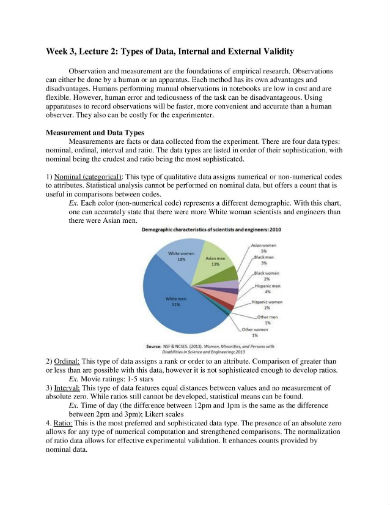
cise.ufl.edu
4. Validity in Clinical Research
5. Research Validity Handout
6. Validity in Social Science Research
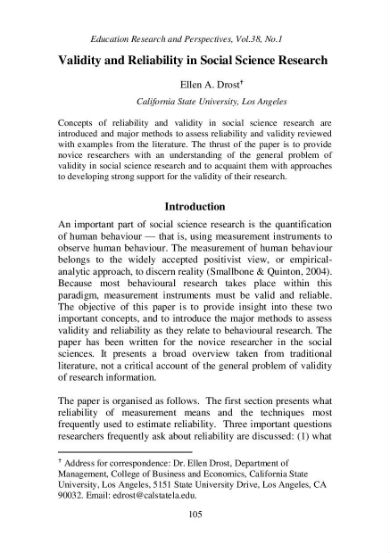
nd.edu
7. Validity in Quantitative Research

pdx.edu
8. Improving Validity in Animal Research
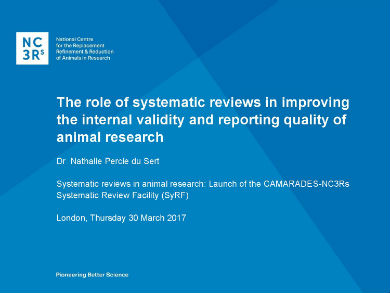
nc3rs.org.uk
9. Research Validity of Questionnaires
10. Threats to Research Validity
11. External Validity in Research
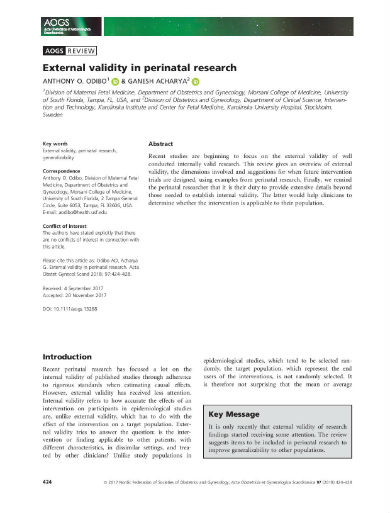
obgyn.onlinelibrary.wiley.com
12. Improving Research Validity
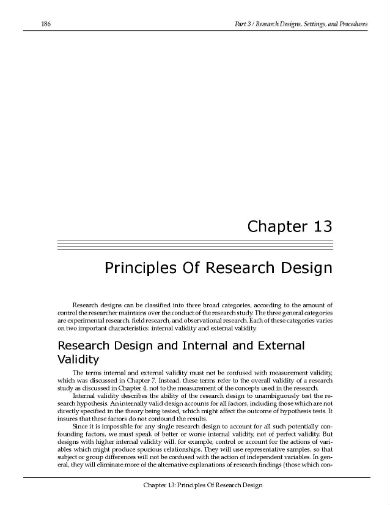
ciosmail.cios.org
13. Validity and Transportability
14. External Validity Criteria
15. External Validity Article
16. Understanding Research Validity
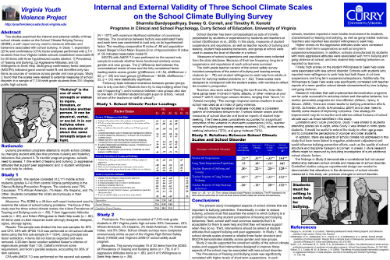
curry.virginia.edu
Maximizing Research Validity
How do we make sure that our research, perse, is both sound and logical and also relevant to our community?
Internal Validity
1. Sampling Method
You have to employ randomization in selecting the participants or the sample for a study. For example, you can devise a system wherein you will choose only every other person that comes through the door. You can also assign numbers to items. You then have a computer generate random numbers to select your experiment’s samples.
2. Variable Manipulation
For establishing causative relationships, you can arrive at more conclusive results if you manipulate variables that simulate the real-world context. Observing the link in its natural environment may provide clues on their cause-and-effect interaction. But you can’t be too sure until you have removed all other possible influences.
3. Double-blind Method
You can opt for the blinding technique wherein the participant cannot identify the treatment given to him or her. You can also use the double-blind approach in your experiment wherein neither participant nor assigned experimenter knows which intervention is given to whom. This approach removes possible biases that may influence the outcome of the study.
4. Treatment Variation
This tip mostly applies to the fields of biology, physics, and chemistry. Instead of introducing just one treatment, you can vary the doses or amount of the treatment. For example, the larvae became weaker as the dose of cypermethrin increases. You can see a better correlation between the chemical and specimen mobility, unlike when you just used one dose.
External Validity
1. Sample selection
Again, the sampling method plays a role in the validity of your research. This time, the participants or sample should be representative of a population. You have to determine what characteristics should the population possess. Then, your sample should be diverse enough that whatever is true for that small group should be true for the bigger crowd.
2. Replicability
For your study’s findings to be valid for a population, they should also be replicable. Replicability is the hallmark of hard science research. When another researcher from another place performs the same study simulating the conditions, the results should also be similar. This is also a reason why your research methodology should be well-written and detailed.
3. Statistical treatment
Without changing the message of the results, researchers can recalibrate the result for the study to be generalizable. Researchers can use statistics and graphical analysis to help establish a causal relationship between the variables. For example, your sample might have more males than females, or there are more old than and young people, and that might affect your study’s generalizability.
4. Naturalistic Observation
>Sometimes, we have to make adjustments in the internal validity of our study so that it will be externally valid. Outside influences can affect our confidence in our claimed relationship, but without those, we might compromise our study’s generalizability. Some research questions need to be answered outside the laboratory. We can observe the relationship in the context wherein it naturally occurs to derive conclusions that can be true for the population.
How accurate our findings are in answer to our research questions and the relevance of the research as a whole are measured by validity. We research so that we can contribute to the body of knowledge, and ultimately uplift living conditions. However, we might get lost in our work that the end product no longer reflects the original purpose.


